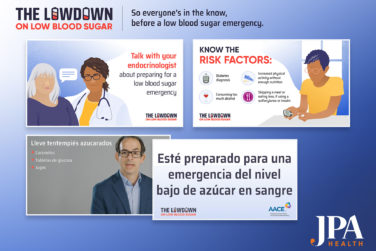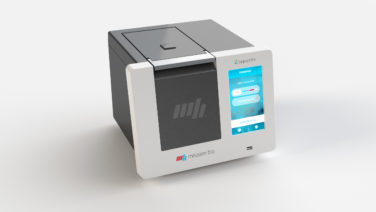How much should a medication cost? It’s a question that has always had a complicated answer, and one that pharma, payers (the government in particular), and patients rarely seem to see eye-to-eye on. After all, how do you truly determine a drug’s value? By how much it could save the healthcare system in hospitalization costs? By its ability to improve a patient’s quality of life? If so, how are you putting a monetary value on quality of life? Should patients be prevented from a better—or longer—life over a cost they can’t afford? What about the large amount of capital that goes into developing these treatments? How much should that factor into the cost?
Those are only a small sample of the considerations that go into these decisions. And unfortunately, it appears due to some recent developments, things may only get more complicated. For one, Daniel Sontupe and Alexander Gore of The Bloc Value Builders explain how new low-cost generic players like Amazon, Mark Cuban’s Cost Plus Drug Company, and Kroger are ultimately creating warped perceptions of the cost of drugs. As they explain, “As a marketer, you will no longer just be vying for a better formulary position than your direct competitor, but you will also have to rationalize the cost of your product in a market saturated with low-cost generics.”
Another big change is the Inflation Reduction Act and the power it will grant Medicare to negotiate the cost for a selection of drugs. Our Focus On Payer Strategies section features several expert opinions on how this will impact HCP’s perception of drugs, what commercial payers may change as a result, and how manufacturers can deal with the squeeze they will face with caps on price inflation.
But this issue does more than just present you with market access challenges, it offers solutions. That includes solutions on how to identify the clinical endpoints that will ultimately matter to payers well before clinical trials; how to best deal with copay accumulator programs; how to break into emerging markets, which look at value differently; and how to take a more humanistic approach to payer engagement that goes beyond the numbers.
All of the parties involved may not always agree on how much a medication should cost, but we all understand they are valuable. And we have to work together to ensure patients can experience their immense value.







